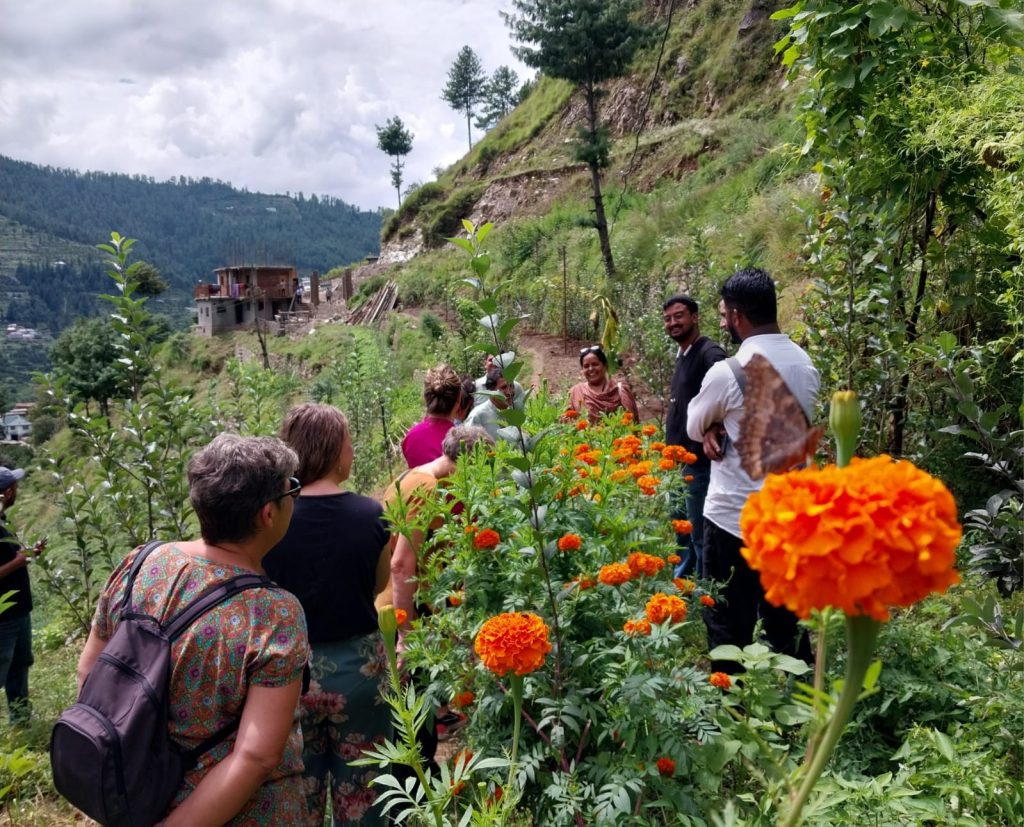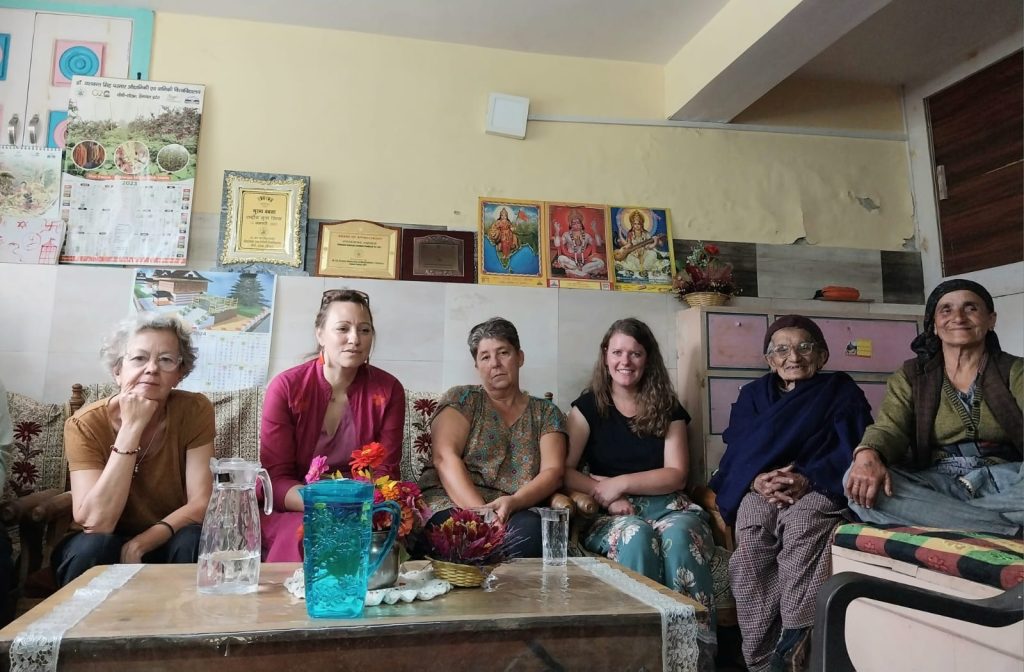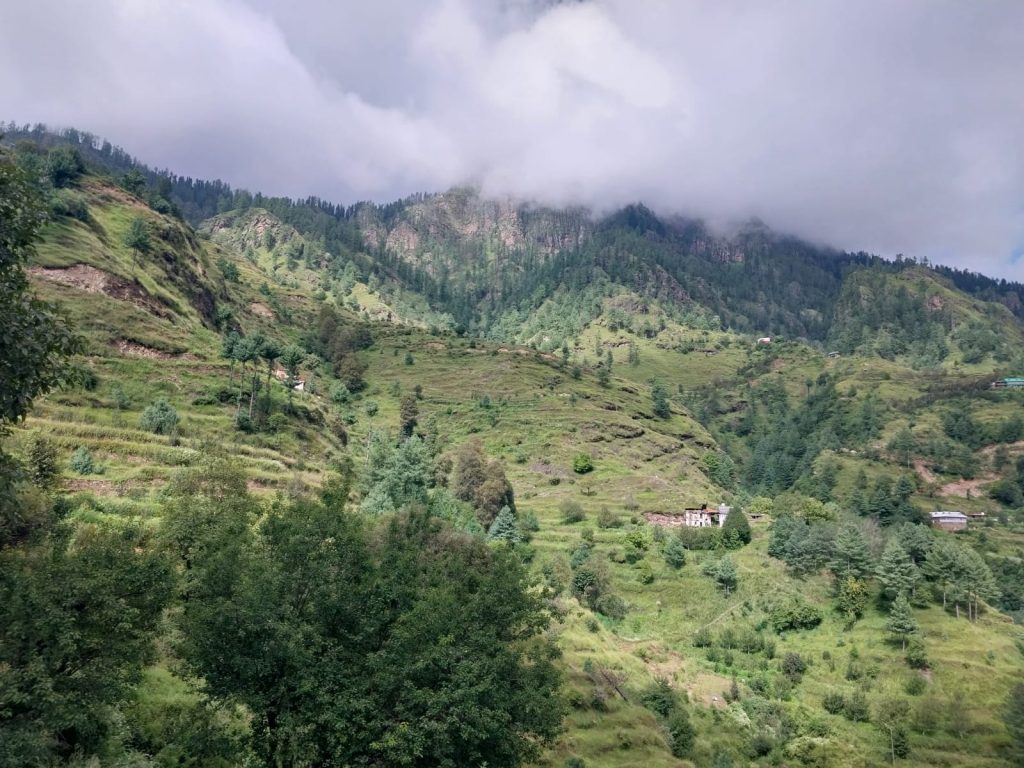At a time when agriculture is facing numerous threats globally, the Acropics project, funded by the European Union, is leading the way towards holistic farming practices. A report by Deepanwita Gita Niyogi

In today’s time, scarcity of water and land plague agriculture the most. This threatens food security and nutrition. According to the Food and Agriculture Organization (FAO) of the United Nations, these two factors have placed important food production systems around the globe at risk, posing a profound challenge to the task of feeding the world.
FAO further notes that while the past few decades witnessed a three-fold increase in food production, “in too many places, achievements have been associated with management practices that have degraded the land and water systems upon which food production depends”.
When such is the scenario, there is a need to introduce sustainable practices in agriculture which arrest land degradation and water pollution by reducing the use of pesticides and chemical fertilizers in farms.
The Acropics project
The Acropics (Agroecological Crop Protection towards International Co-Innovation Dynamics and Evidence of Sustainability) project, an European Union-funded research project coordinated by France’s National Research Institute for Agriculture, Food, and Environment (INRAE) is on sustainable agricultural practices.
It is also part of the Directorate of Extension Education of Dr YS Parmar University of Horticulture and Forestry based in Himachal Pradesh’s Solan district.

The main aim of Acropics is innovation in agroecology and crop protection throughout the world. Under a collaborative effort, there are 15 members from 13 countries, 12 academic organisations and three companies as part of it.
By focusing on agroecological crop protection systems, the project seeks to minimise the use of harmful pesticides in agriculture. Towards this end, the horticulture university in Solan is promoting natural farming practices. Farmers following the natural farming method use farm-made and chemical-free concoctions. This protects the soil and water sources.
The total budget for the four-year duration Acropics project stands at €1,656,000. The funding is provided by the European Commission. Acropics is is a part of a global effort to back sustainable farming through innovative methods.
Inder Dev, the director of extension education at the university in Solan, is in charge of the Acropics project in India. “In 2022, a call came from the European commission. After that, the university submitted the project as a partner.”
Sustainable ecosystems
Under Acropics, there are 12 sustainable agroecological ecosystems which are open to research and innovation.
“There are two sustainable agro ecosystems in Himachal Pradesh which come under the Acropics project. One is the Chaupal Naturals Farmer Producer Company and the second is the Gram Disha Trust. Gram Disha Trust takes care of three farmer producer companies,” Dev added.
He explained that the project is being implemented with effect from January 1, 2024. “The ultimate focus is on how to reduce pesticide consumption in different sustainable ecosystems by at least 50 per cent.”
In Himachal Pradesh where natural farming is the solution towards agro-ecology, farmers are looking at innovations and experimentation which can be replicated elsewhere.

For instance, the Chaupal Naturals Farmer Producer Company based in Shimla district of Himachal Pradesh produces apples which always do not fetch a high price in the market. So, the company makes bottled apple juice as an innovation. In this, the university extends support in marketing the product.
The state project implementing unit like the Agricultural Technology Management Agency also extends cooperation. Chaupal Naturals was launched two years back and at that time it did not have market support and linkage.
The Gram Disha Trust is one of the 12 global partners in sustainable agricultural systems which are part of the Acropics project. Over the past 15 years, Gram Disha Trust and its trustees have been working with smallholder farmers in Himachal Pradesh and other states on sustainable farming practices.
“The trust has been instrumental in reintroducing millets in the Pangna valley of Himachal Pradesh. In fact, since 2016, numerous training and capacity building initiatives have been organised to revive the forgotten crops of the Himalayas. The trust also ensures that not just production, but also market linkage is a key aspect of capacity building for farmers. Over the past five years it has helped over 1000 farmers in Himachal Pradesh and other states through its programmes,” said Ashish Gupta, the founder of Gram Disha Trust.
According to Gupta, one of the core aspects of Acropics is agroecological crop protection. Among the 13 principles of agroecology, there is also biodiversity and social values and diets. “These principles require that native grains, which are hardy and grow with little inputs while providing high nutritional values, should be kept at the forefront of cultivation.”
For instance, amaranth is a diverse crop. Not just its seeds, but the fresh leaves also provide a source of nutrition. It is also a suitable intercrop which grows along with millets, maize and paddy. Amaranth is also considered an ornamental crop which attracts beneficial organisms. Thus within Acropics, there is a good opportunity to study its cultivation as part of the transformation in food systems.












